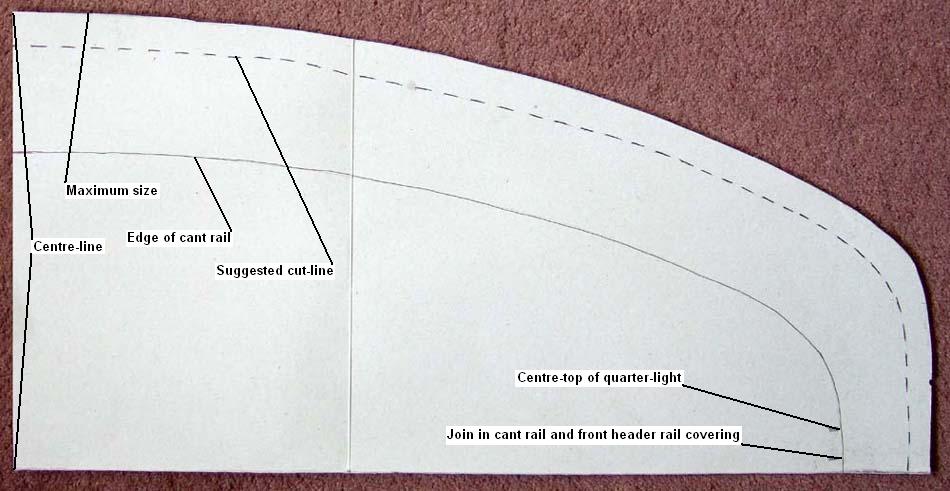75 V8 with compressed orange 'fluff' insulating material stuck to card with vinyl covering, which floats on the cant rails:
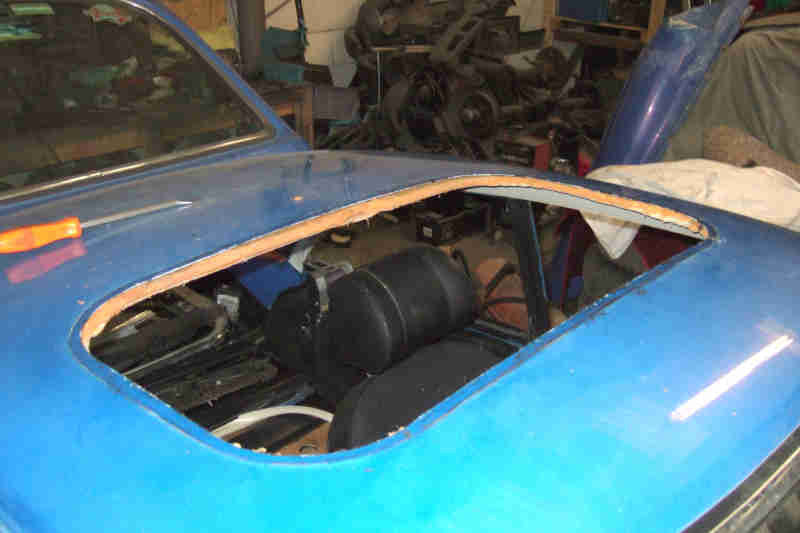
Often described as 'the biscuit', perhaps from its apparent tendency to 'crack' when manoeuvring it in and out of the shell, particularly with a large hole it in for the sunroof:
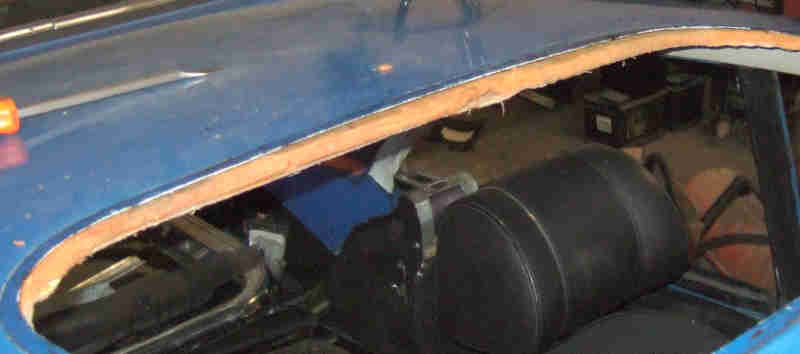
From the Leyland Parts Catalogue, 14 being the headlining proper, 20 being the front header, 17 the rear and 21 the two sides. This purports to show the front and sides as being similar in construction to the rear, but whilst Vee's rear is vinyl over moulded board, the front and sides and nothing more than vinyl glued to the cant rails in the body structure:
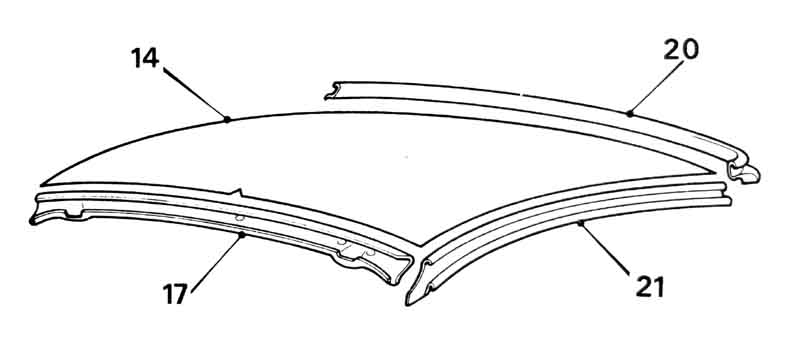
C-post trim vinyl over foam padding on hardboard with five clips (arrowed):

Rear header rail vinyl over moulded fibreglass with four clips (arrowed):
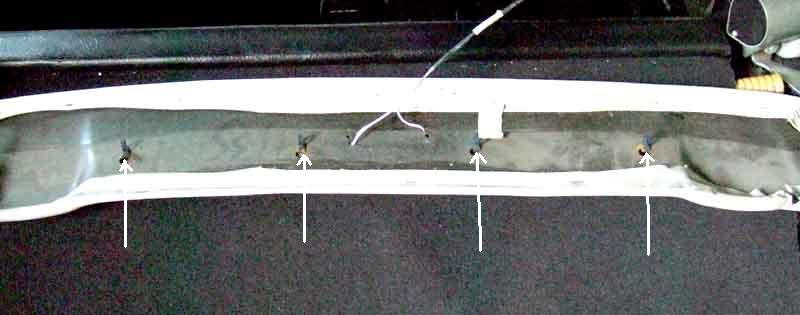
An unused hole at each end, which are adequately supported by the C-post trim pieces:
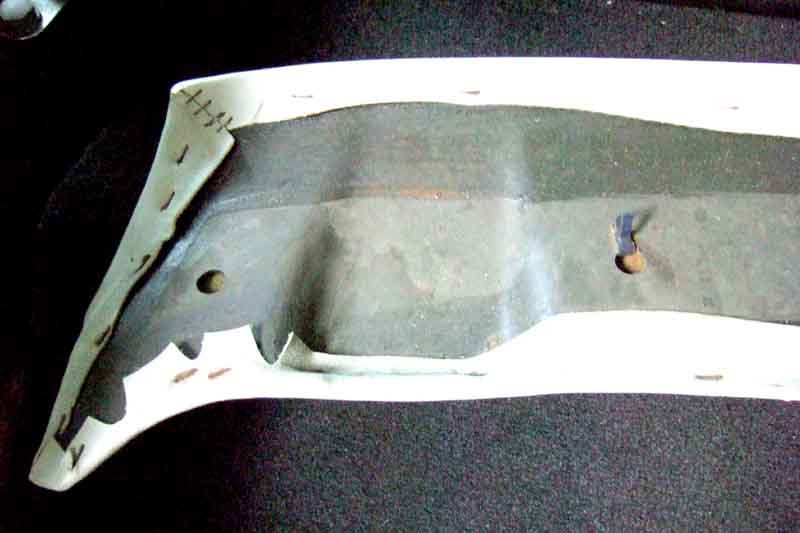
Detail of a rear corner, the side (and front) covers are just vinyl glued to the body structure:
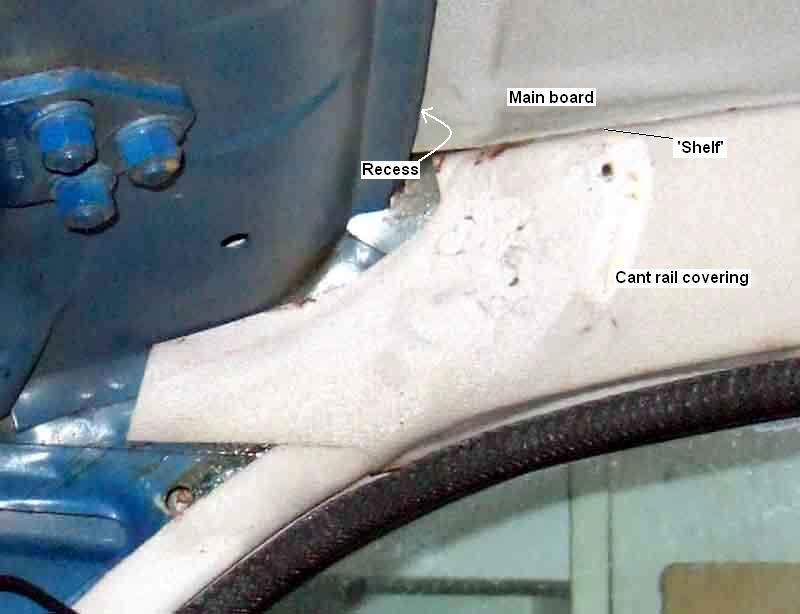
But Geoff's 78 front cant rail has a rigid pre-formed black plastic cover with the roof structure underneath as can be seen through the fixing hole for the sun visor:
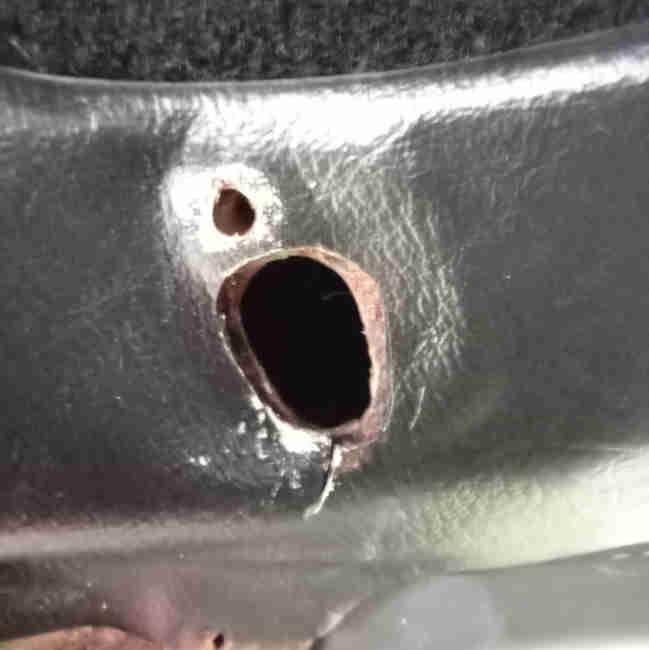
The ends of the front cover are stepped to fit under the ends of the side covers but on Geoff's the front is overlapping the sides. As the covered part of the sides is white under the overlap it looks like they were sprayed black while fitted like that, not worth correcting:
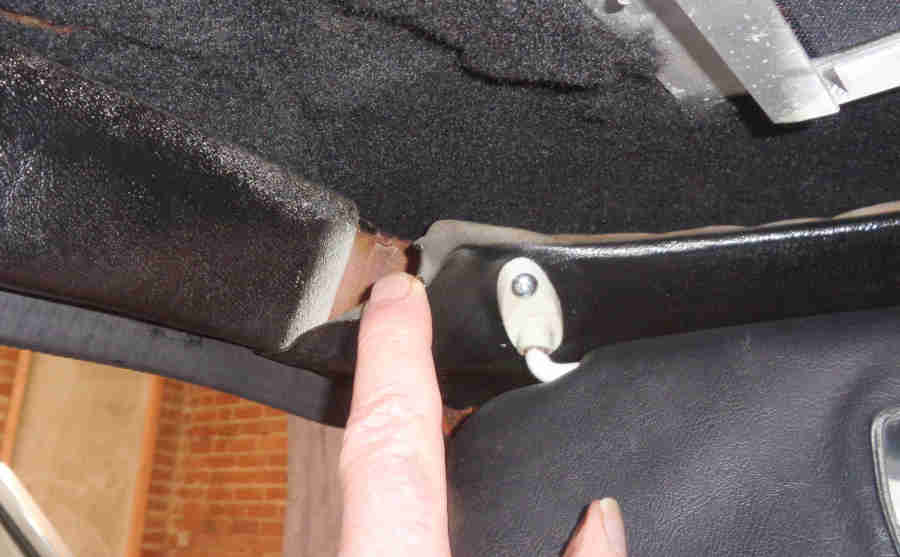
Suggested dimensions for the main board (however early cars seem to have the material stuck to the roof panel). Note that 'visible length' is with the rear header panel removed i.e. to the rear edge of the board. The visible width over the B-posts is also 38", it only tapers in to 37.75" in the last few inches before the join in the cant rail and front header rail covering:
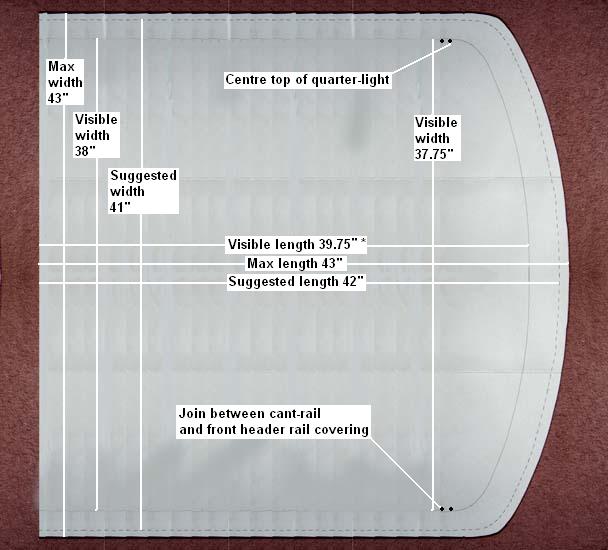
Detail of a front corner. You may be able to print this out and blow it up to use as a template, but it is easy enough to make one using a card 20.75" x 10", sliding it into the gap, drawing round, and trimming the corner bit by bit. Given the amount of overlap it isn't that critical:
